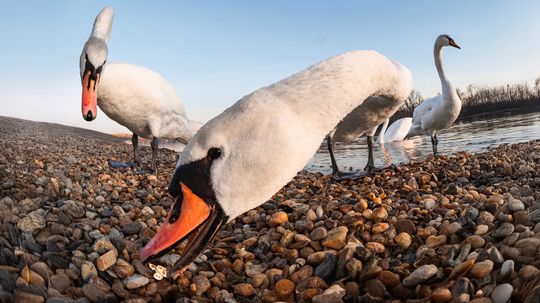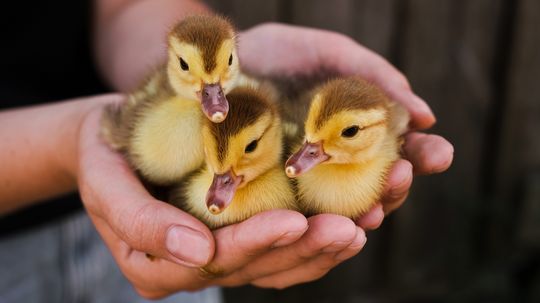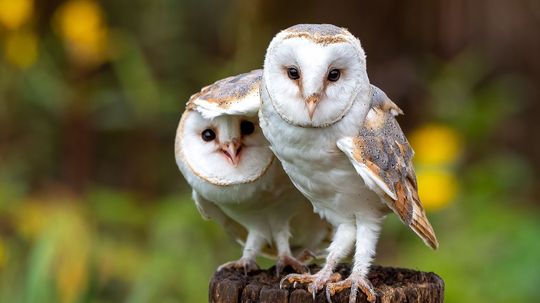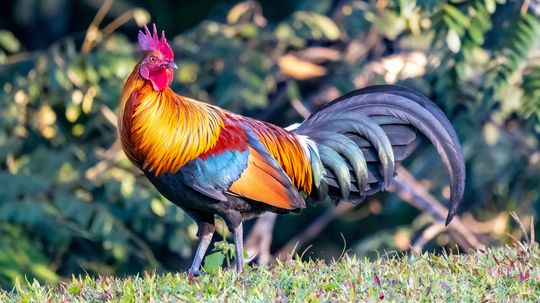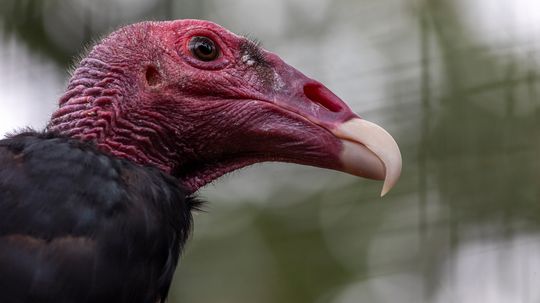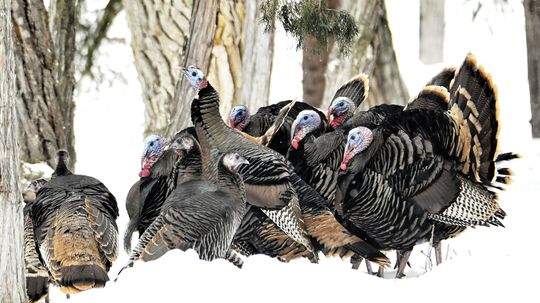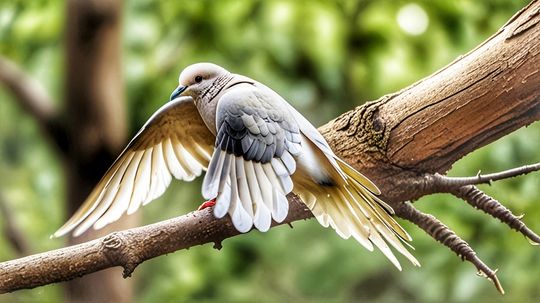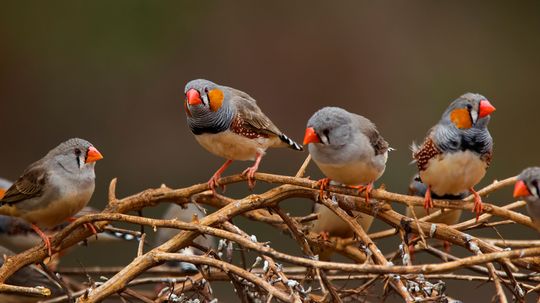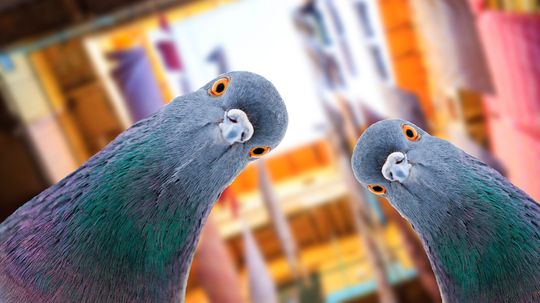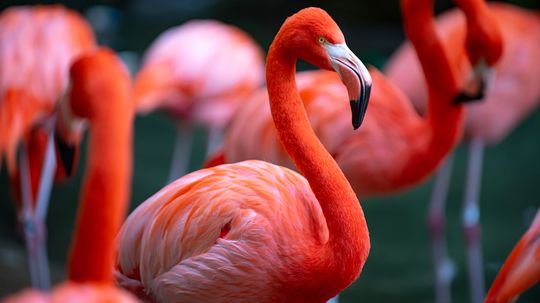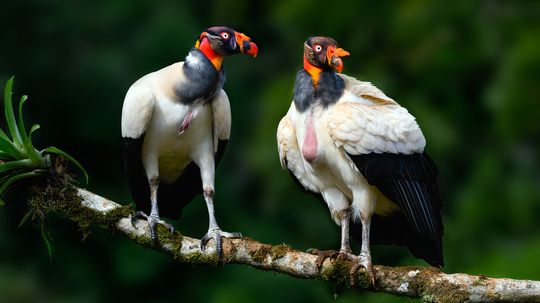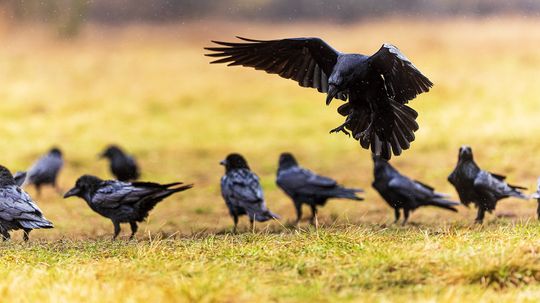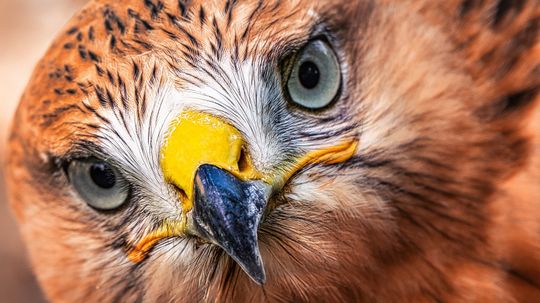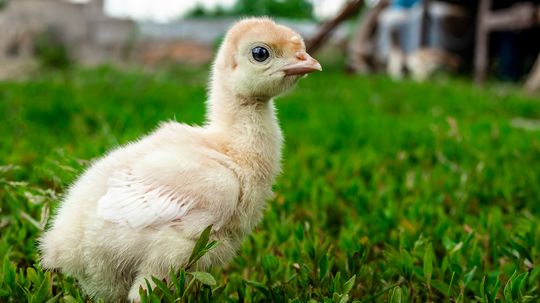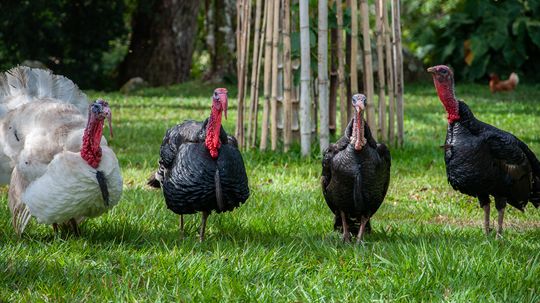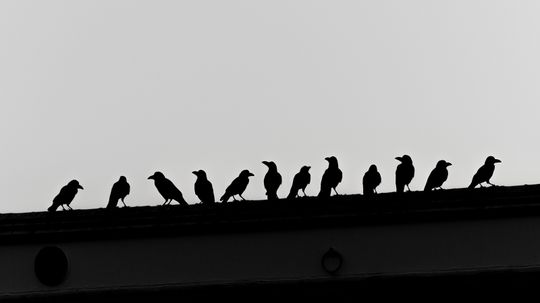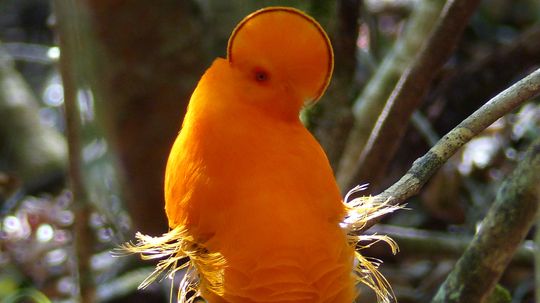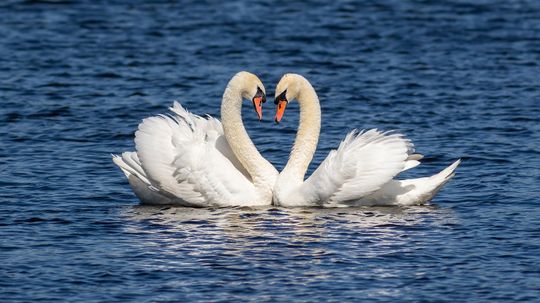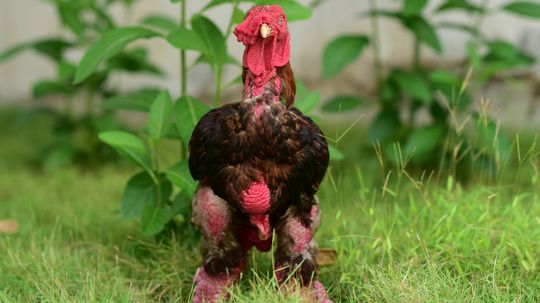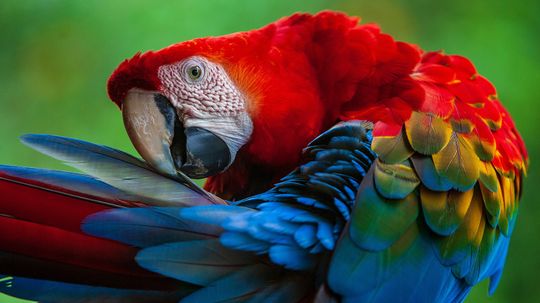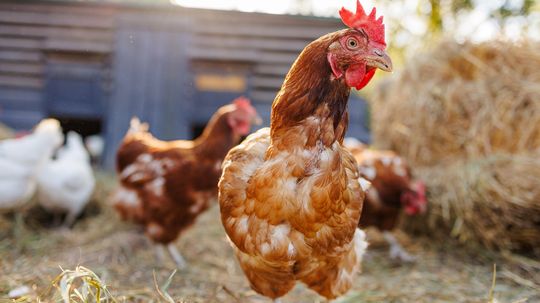Birds
Birds are often envied for their ability to fly, but not all of them can. Learn how birds can manipulate feathers, bone and wing structure to soar through the air and even dive-bomb into the water for food.
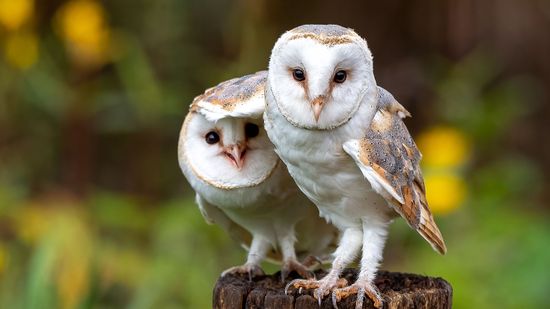
What Group of Birds Is Called a Parliament?
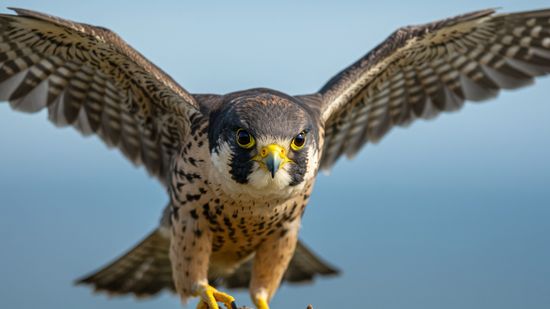
What Is a Group of Falcons Called? These Raptors Don't Flock
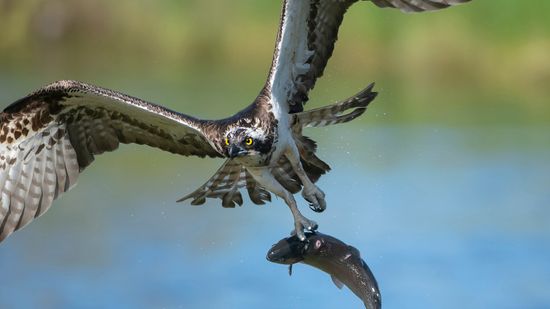
Osprey vs. Eagle: Distinguishing Between Birds of Prey
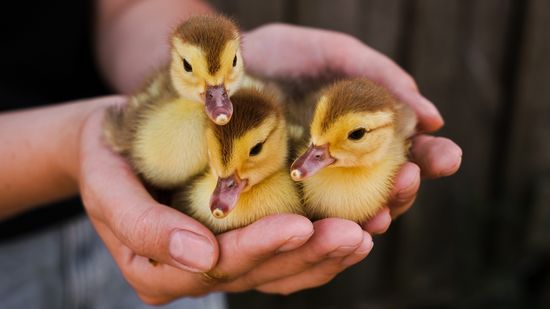
What Is a Group of Ducklings Called? It's Surprisingly Moody
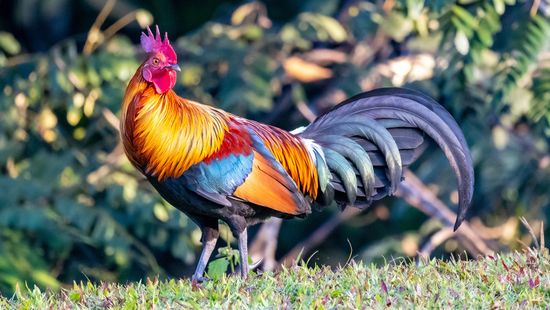
Where Do Chickens Originate From?
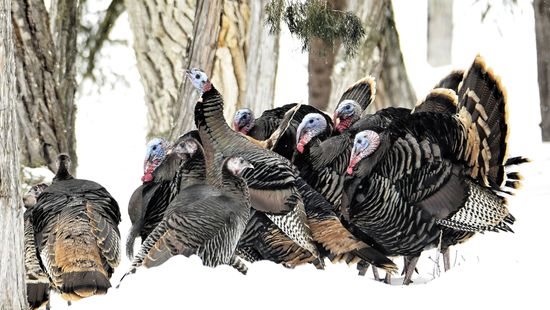
What Is a Group of Wild Turkeys Called? Not a Flock
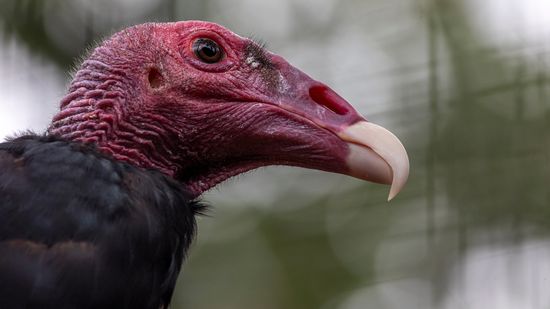
What Is a Group of Turkey Vultures Called? Depends What It's Doing
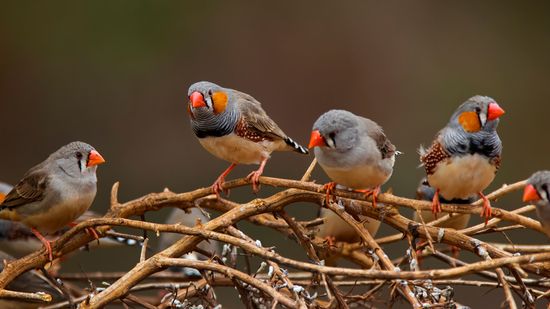
What Is a Group of Birds Called? When It's Not a Flock
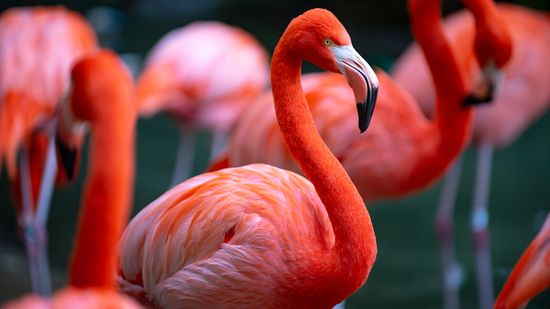
What Is a Group of Flamingos Called? Not a Flock, Another 'F' Word

What Is a Group of Doves Called? Depends if They're Flying
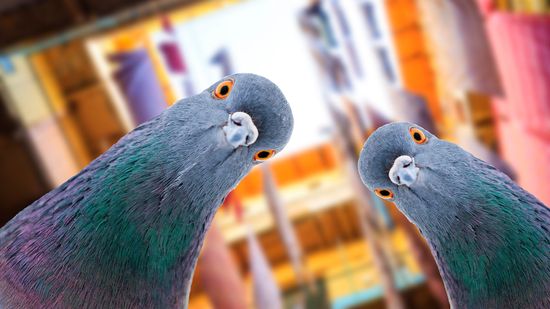
What Is a Group of Pigeons Called? Exactly What You Think
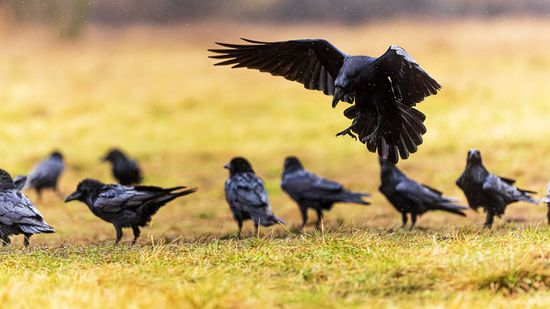
What's a Group of Ravens Called? Not a Murder (That's Crows)
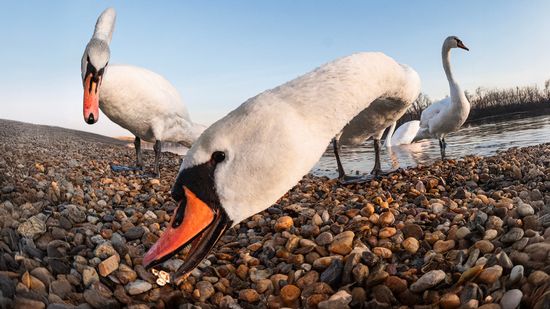
What Is a Group of Swans Called? Not a Flock
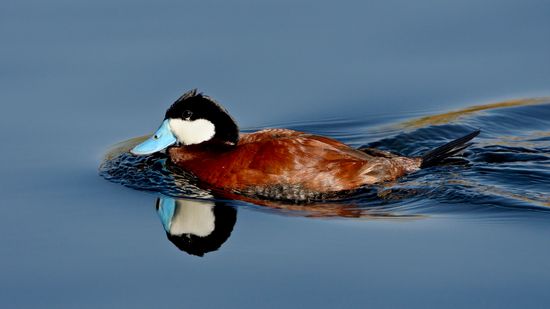
The 3 Types of Ducks Every Birdwatcher Should Know
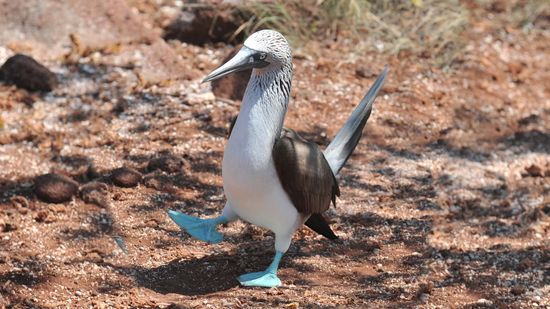
The Blue-footed Booby Dance Gets the Girl Every Time
Learn More
A group of swans goes by more than one name, and the right word depends on what the birds are doing. The question "what is a group of swans called" sounds simple, but English loves options, especially when birds get involved.
By Nico Avelle
When you see a line of baby ducks waddling behind their mother, it’s more than just adorable. It’s a structured group with its own name!
By Nico Avelle
Birds may not hold government sessions, but in the world of collective nouns, they sure know how to form one.
By Nico Avelle
Advertisement
Ask someone where chickens come from, and you might hear "the farm" or maybe "the grocery store." But when someone asks, "Where do chickens originate from," they're looking for a deeper answer.
By Nico Avelle
If you've ever seen large birds circling high above or gathered near a carcass, you might have wondered, what is a group of turkey vultures called?
By Nico Avelle
You might spot them pecking along a trail, roosting in trees, or crossing a country road single file. When they're together, you may ask: What is a group of wild turkeys called?
By Nico Avelle
You’ve probably seen a group of birds take off in a sudden burst, but have you ever stopped to ask, what is a group of doves called?
By Nico Avelle
Advertisement
When you spot a bird of prey with sharp talons, a curved beak, and long, pointed wings built for speed, you may be looking at a falcon.
By Nico Avelle
If you've ever played trivia nights or read old literature, you may have stumbled on the question: What is a group of birds called?
By Nico Avelle
Ever walked through a city square and seen a sky full of pigeons take off at once? You may have wondered, what is a group of pigeons called? Does it have a fancy name like a parliament of owls or a murder of crows?
By Nico Avelle
Ever spot a bunch of tall pink birds gathered by the water and wondered, "What is a group of flamingos called?" The answer is as colorful as the birds themselves: a flamboyance.
By Nico Avelle
Advertisement
Beauty is in the eye of the beholder, but in the bird world, some species seem designed to challenge that idea. These contenders for ugliest bird species sport bald heads, bare skin, and off-putting features that serve real evolutionary purposes.
By Nico Avelle
Words matter, especially when they echo through the trees. If you've ever seen a cluster of ravens swooping across a forest or perched on a fence post, you might wonder: What is a group of ravens called?
By Nico Avelle
You don’t need to go on safari to see giants. The largest birds in North America soar through skies, stalk wetlands and impress with sheer size.
By Nico Avelle
When you spot a wild turkey strutting across a field, it's easy to forget they start out tiny and fluffy. So, what is a baby turkey called? The answer is short and sweet: poult.
By Nico Avelle
Advertisement
If you’ve ever spotted a bunch of turkeys strutting through a field or pecking around a barnyard, you might wonder: What is a group of turkeys called?
By Nico Avelle
If you've ever spotted a bunch of crows flying or gathering in your yard, you might wonder: What is a group of crows called? The answer is surprisingly poetic and a bit eerie: It's called a murder.
By Nico Avelle
The avian world is full of wonder, but some species stand out as truly unusual. From strange seabirds to flightless creatures that look like dinosaurs, these are the weird birds that have us doing double-takes.
By Nico Avelle
From tropical rainforests to open oceans, many bird species have developed some of the most spectacular moves in the natural world.
By Nico Avelle
Advertisement
Chickens might not seem like luxury items, but in the world of rare poultry, the most expensive chicken breeds can fetch thousands of dollars.
By Nico Avelle
Some birds look like they flew straight out of a crayon box. With bold colors, long tail feathers, and shimmering plumes, they put even the most flamboyant fashion shows to shame.
By Nico Avelle
In casual conversation, people often use "chicken" and "hen" interchangeably — but they’re not quite the same. A quick chicken vs. hen comparison clarifies distinctions based on age, sex, and role in poultry farming, meat production, and egg laying.
By Nico Avelle
At first glance, geese and swans seem like large, long-necked cousins in the bird world — and they are. But the goose vs. swan comparison reveals key differences in size, behavior, migration, and even their place in the ecosystem.
By Nico Avelle
Advertisement
The heron vs. crane debate might sound like something only birdwatchers care about, but knowing the difference is key for anyone who loves wildlife or spends time near wetlands.
By Nico Avelle
When it comes to scavengers of the sky, black vulture vs. turkey vulture identification is easy to misconstrue. These two species often share the same habitats, feast on the same carrion, and roost in the same trees. But they couldn’t be more different in how they fly, feed, and find their meals.
By Nico Avelle
